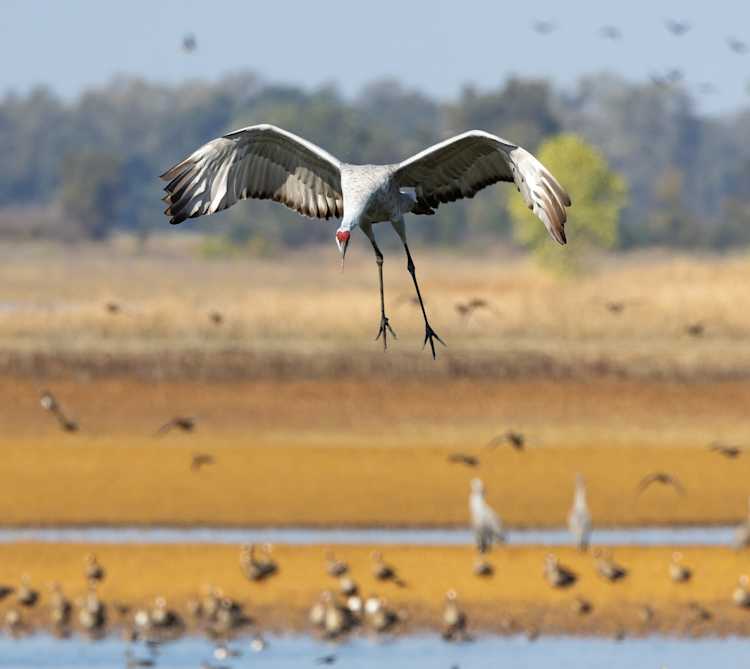The Art of Calling: Tips and Techniques for Successful Waterfowl Calls
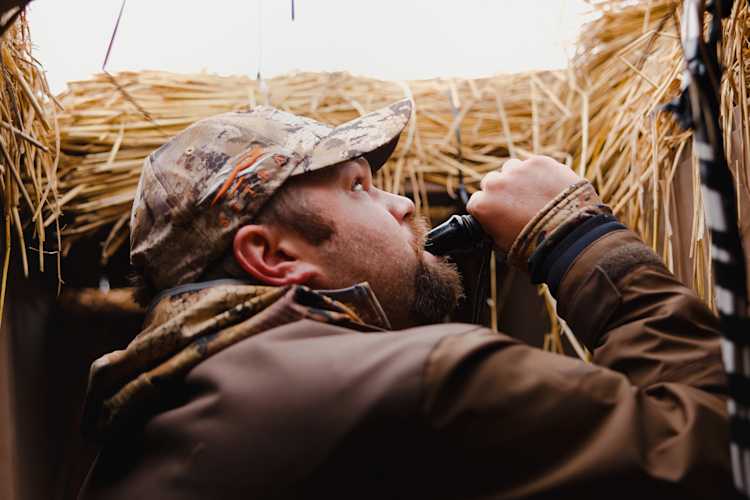
The Art of Calling: Tips for Successful Waterfowl Calls
Waterfowl hunting is an exhilarating blend of strategy, skill, and a deep connection with nature. Among the various techniques that seasoned hunters employ, calling is perhaps the most vital. A well-executed call can turn an ordinary hunting day into an extraordinary experience, drawing ducks and geese to your decoys. In this blog post, we’ll dive deep into the nuances of waterfowl calling and provide practical tips to help you refine your skills. Plus, we’ll show you why booking your next waterfowl hunting trip through Mallard Bay will elevate your adventure to new heights.
The Importance of Waterfowl Calls
Waterfowl calls mimic the sounds of ducks and geese, playing a crucial role in attracting birds to your hunting location. Each species has its own unique vocalizations, and understanding these sounds is essential for any successful hunt. Here are the primary types of calls you should know:
1. Quack Calls
The quack call is perhaps the most recognized sound among waterfowl hunters. Commonly used for mallards, this versatile call can convey a range of emotions—from contentment to urgency. It’s a staple in any hunter’s repertoire and can be effective in a variety of hunting situations.
2. Whistle Calls
Whistle calls are perfect for enticing wood ducks and teal. These softer, higher-pitched sounds can travel over long distances, making them a great choice when you need to reach birds that are skittish or cautious.
3. Honker Calls
When targeting geese, honker calls are essential. These deep, resonant sounds mimic the calls of Canada geese and are effective for luring in larger birds. Mastering this call can significantly improve your success rate during goose hunting trips.
Mastering the Art of Calling
To truly excel at waterfowl calling, consider the following tips:
1. Practice, Practice, Practice
Regular practice is the key to mastery. Set aside time each week to work on your calling. Focus on different sounds, techniques, and rhythms to build your confidence and familiarity with your calls.
2. Study the Masters
Spend time listening to expert callers—whether in the field, at competitions, or through online resources. Take notes on their techniques, rhythm, and the subtle variations they use. Mimicking skilled callers can help you develop your unique style.
3. Know Your Audience
Understanding the behaviors of different waterfowl species will inform your calling strategy. Pay attention to how they respond to various sounds in the wild, and adapt your calling to mimic natural interactions.
4. Vary Your Sounds
Repetition can spook birds, so vary your calls to mimic the natural sounds of waterfowl. Incorporate pauses and inflections in your calls to create a more realistic experience that will keep birds intrigued.
5. Invest in Quality Gear
The right equipment can make a significant difference in your calling effectiveness. Choose high-quality calls that suit your style—whether you prefer single-reed, double-reed, or whistle calls. A well-crafted call will provide better sound quality and ease of use.
Why Book Your Waterfowl Hunting Trip with Mallard Bay?
Now that you’re armed with tips to improve your calling skills, it’s time to think about where to put them into practice. Booking your next waterfowl hunting trip through Mallard Bay comes with a host of benefits that can enhance your experience:
1. Expert Guides
Mallard Bay connects you with seasoned guides who not only know the best hunting spots but are also skilled callers themselves. They’ll share their techniques and tips, helping you refine your calling skills right in the field. Imagine learning from the best while surrounded by the beauty of nature!
2. Diverse Hunting Locations
Whether you’re dreaming of hunting in the wetlands of Louisiana or the open fields of the Midwest, Mallard Bay offers a variety of prime hunting locations tailored to your preferences. Each site has its unique ecosystem, allowing for diverse hunting experiences.
3. All-Inclusive Packages
We understand that planning a hunting trip can be overwhelming. That’s why Mallard Bay offers all-inclusive packages, which take care of everything from accommodations and meals to equipment rentals. You can focus on enjoying the hunt without worrying about logistics.
4. Community Connection
When you book through Mallard Bay, you join a community of passionate waterfowl hunters. Exchange stories, tips, and experiences with fellow hunters who share your enthusiasm for the sport. This camaraderie enhances the overall experience and makes for lifelong friendships.
5. Satisfaction Guaranteed
At Mallard Bay, we’re committed to providing a top-notch experience. Our guides work hard to ensure your trip is enjoyable and productive, so you can leave with memories that last a lifetime.
Conclusion
The art of calling is a skill that can significantly enhance your waterfowl hunting experience. By practicing regularly, studying the experts, and investing in quality equipment, you can become a more effective caller and increase your chances of a successful hunt. When you’re ready to put your skills to the test, look no further than Mallard Bay. With expert guidance, prime locations, and a supportive community, your next waterfowl hunting adventure is just a booking away.
Are you ready to elevate your hunting experience? Visit Mallard Bay today to explore our offerings and book your next waterfowl hunting trip.
More
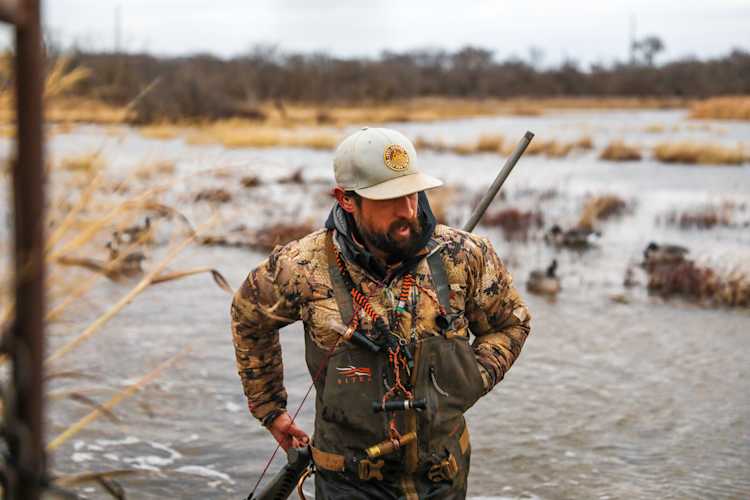
Layering for Comfort: What to Wear While Hunting Waterfowl in Fall

The Art of Calling: Tips and Techniques for Successful Waterfowl Calls
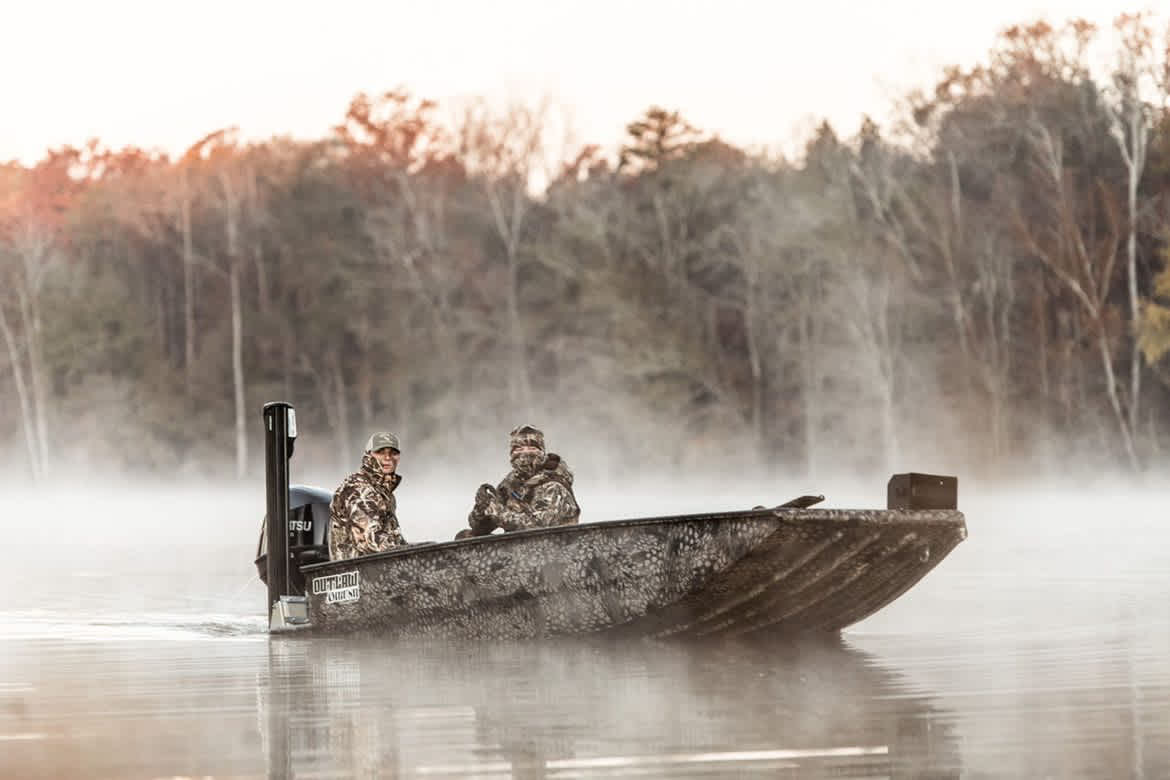
Client Experience in the Field: Best Practices for Waterfowl Outfitters

Decoy Strategies for Fall Waterfowl Hunting: What Works Best for Each Species
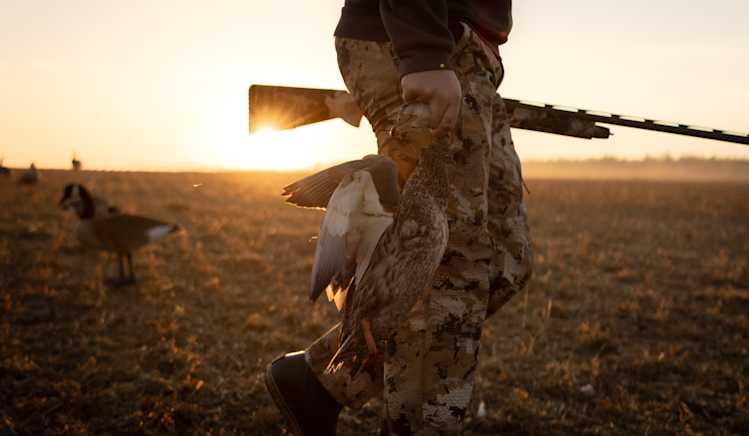
The Ultimate Guide to Fall Waterfowl Hunting: Key Tips, Techniques, and Best Practices
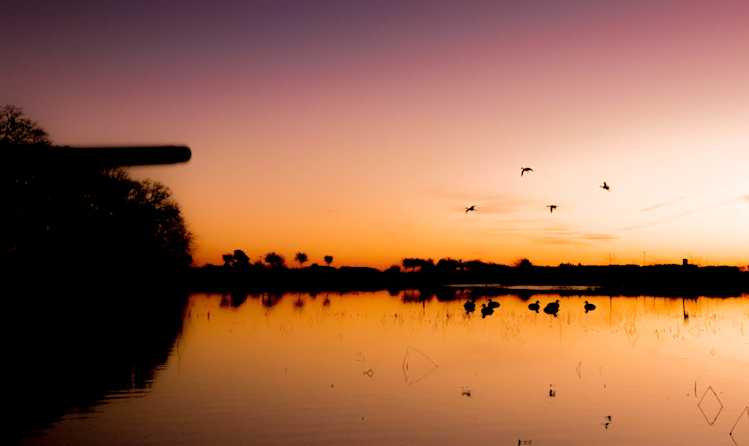
Top 10 States for Amazing Waterfowl Hunting in November: Find Your Perfect Spot
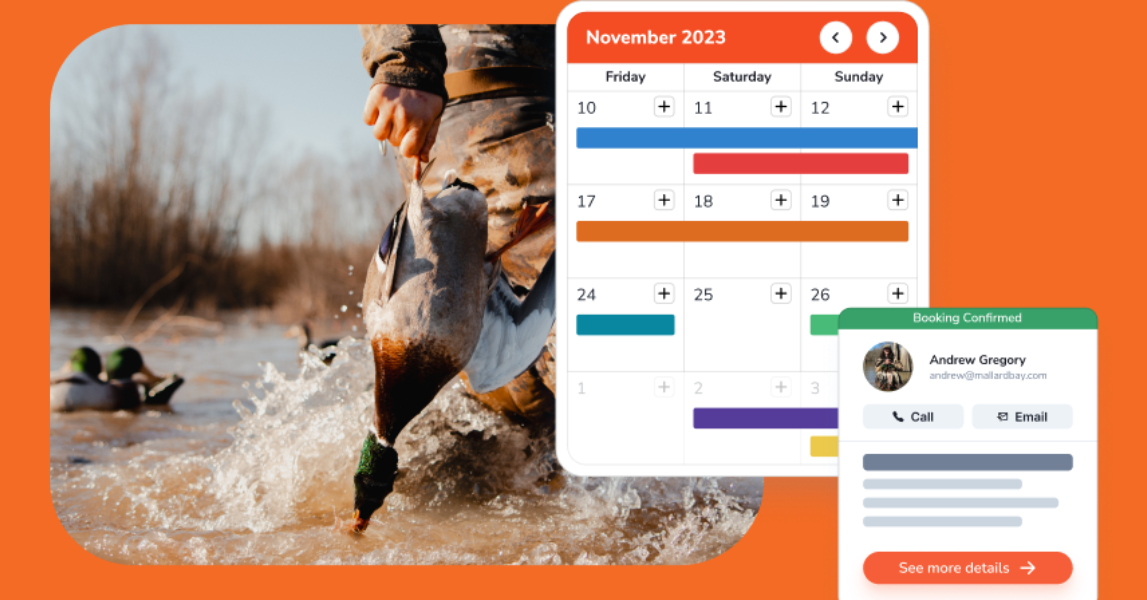
Peak Season Success: Essential Strategies for Waterfowl Outfitters to Maximize Business

The Art and Science of Duck Banding: A Conservation Odyssey with Mallard Bay
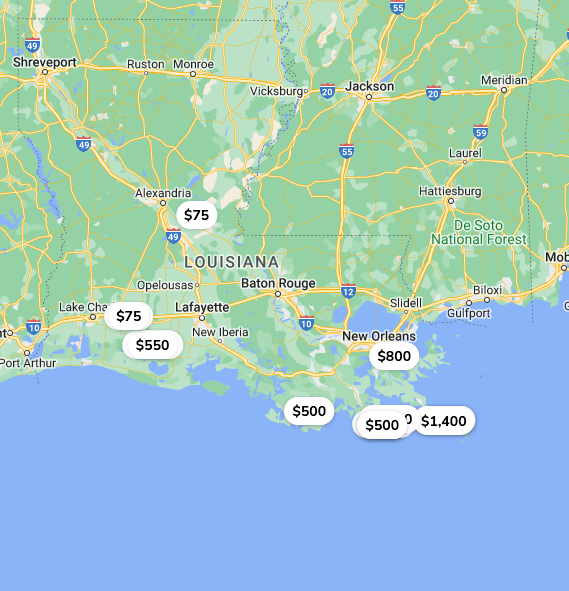
How To Book a Hunting Trip

Axis Jerky Tacos
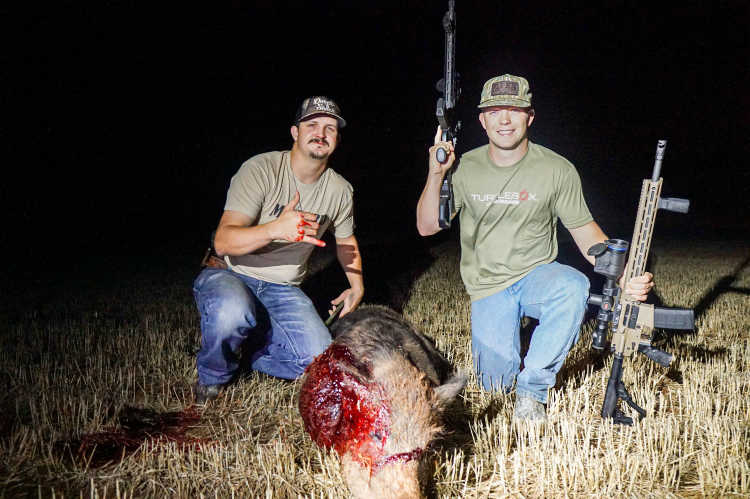
Experience Thermal Hog Hunting with Dirty Texas Outfitters

6 Tips on Planning a Guided Hunting Trip

Bourbon Spatchcock Turkey
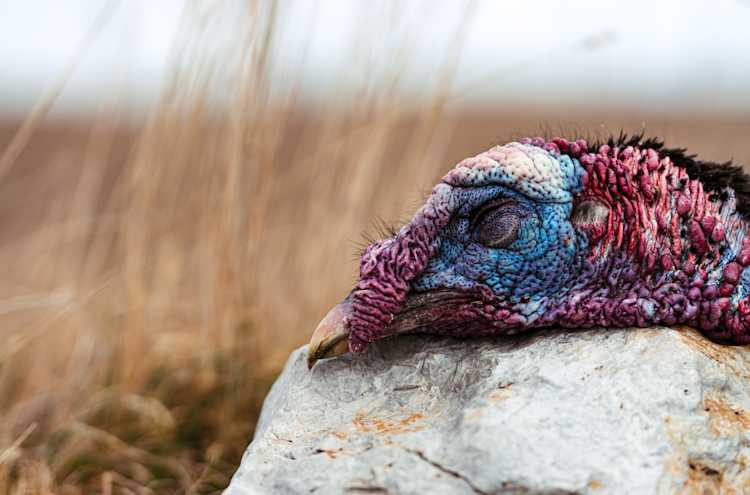
Turkey Calling Tips
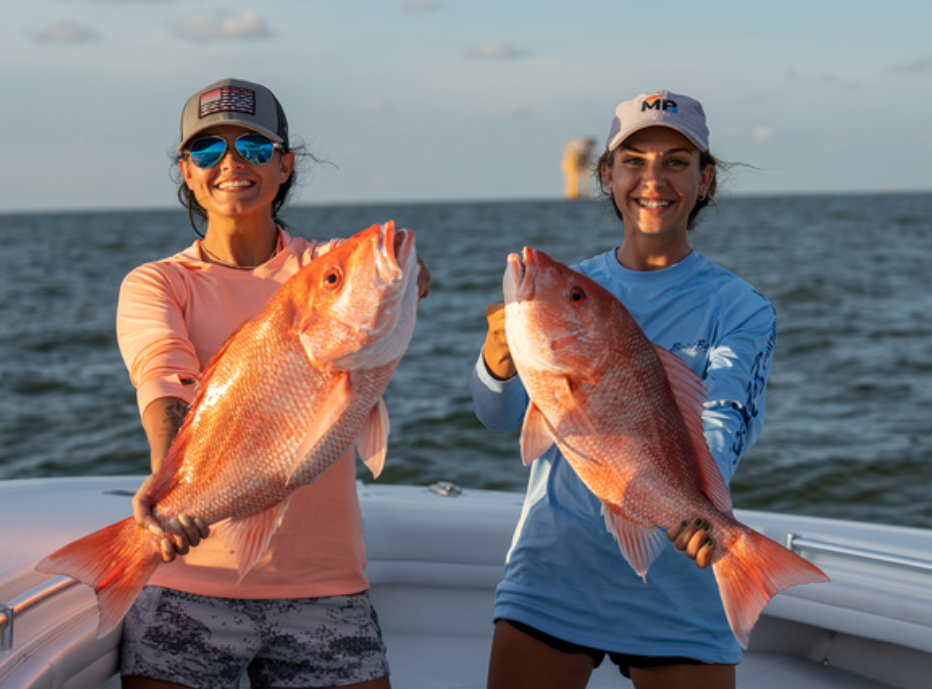
Louisiana Sportfishing - An Angler’s Paradise 2023
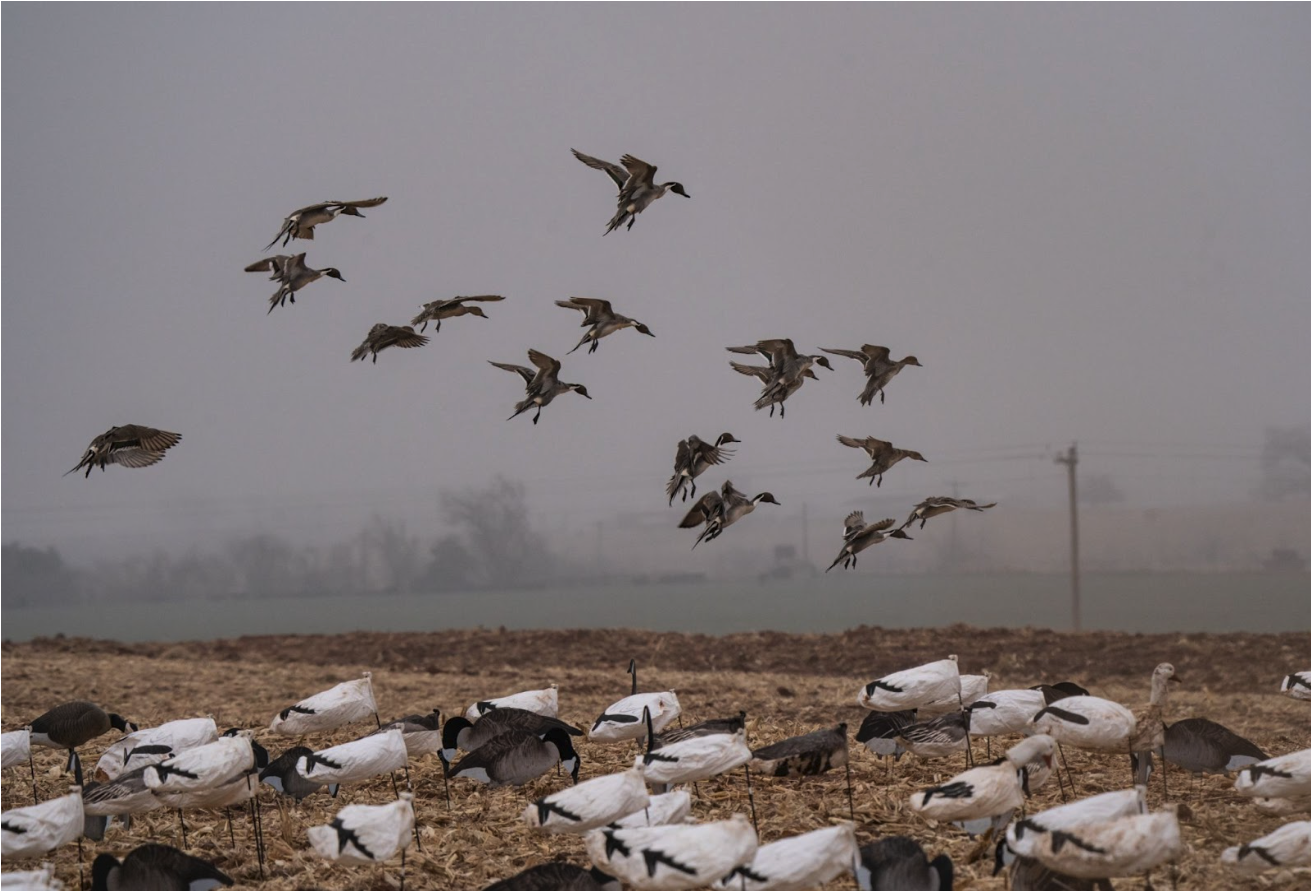
Waterfowl Hunting in Canada: What American Hunters Need to Know
Where to find Guided Sandhill Crane Hunts

Revolutionize Your Outdoor Business with Mallard Bay's GuideTech Software

Lodge Management - Enhance the Experience
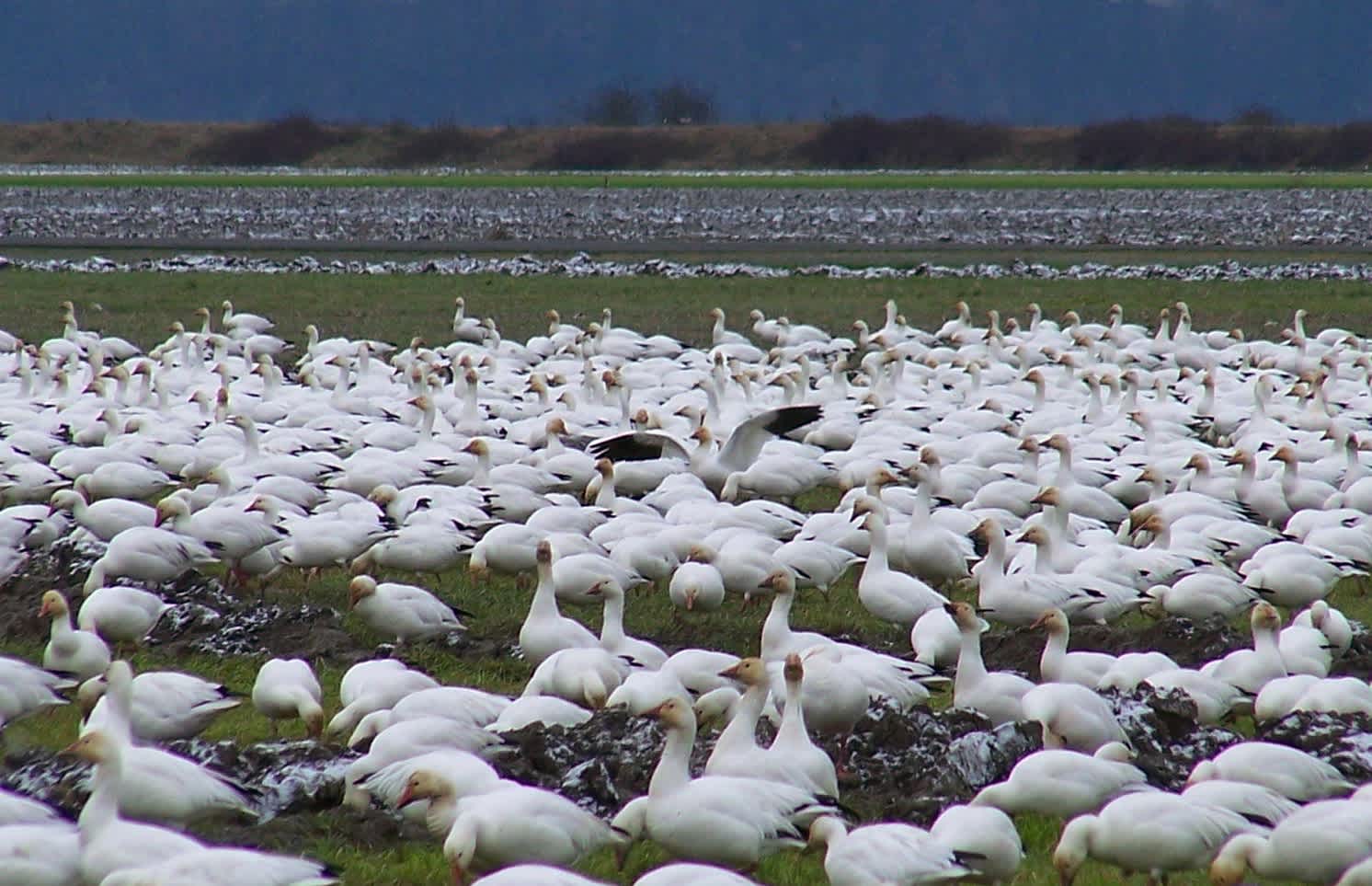
Snow Goose Pastrami Recipe
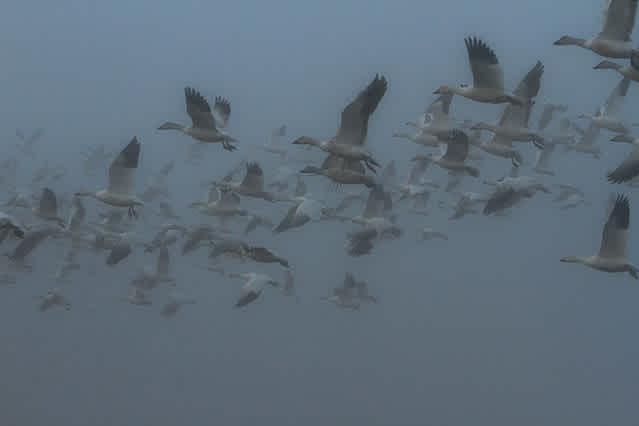
Snow Goose Chili
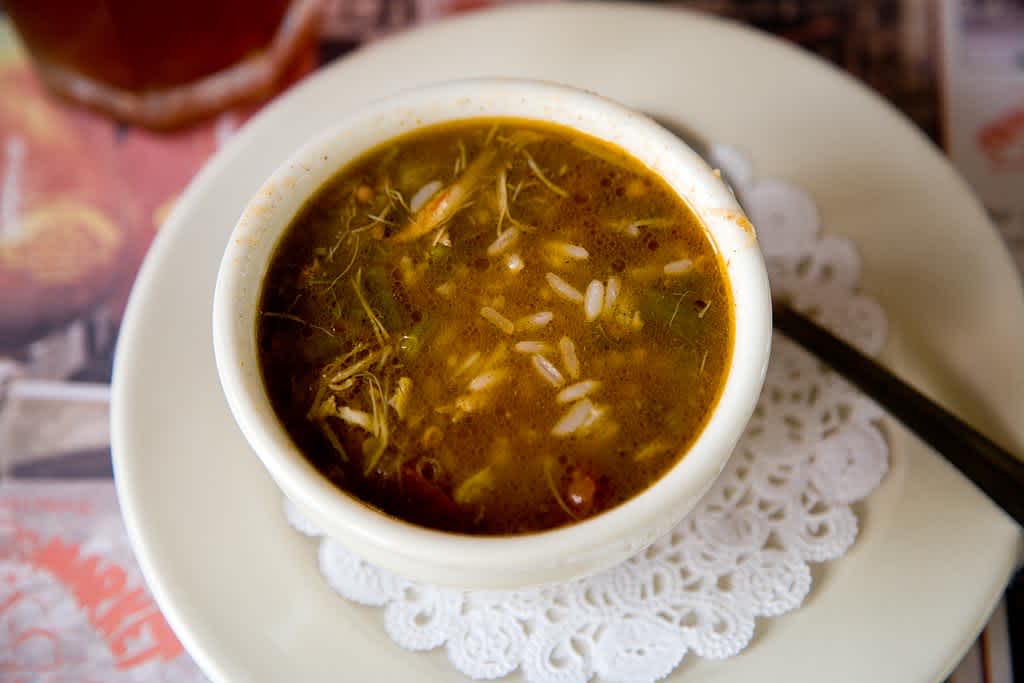
Snow Goose Gumbo Recipe - A Cajun Tradition
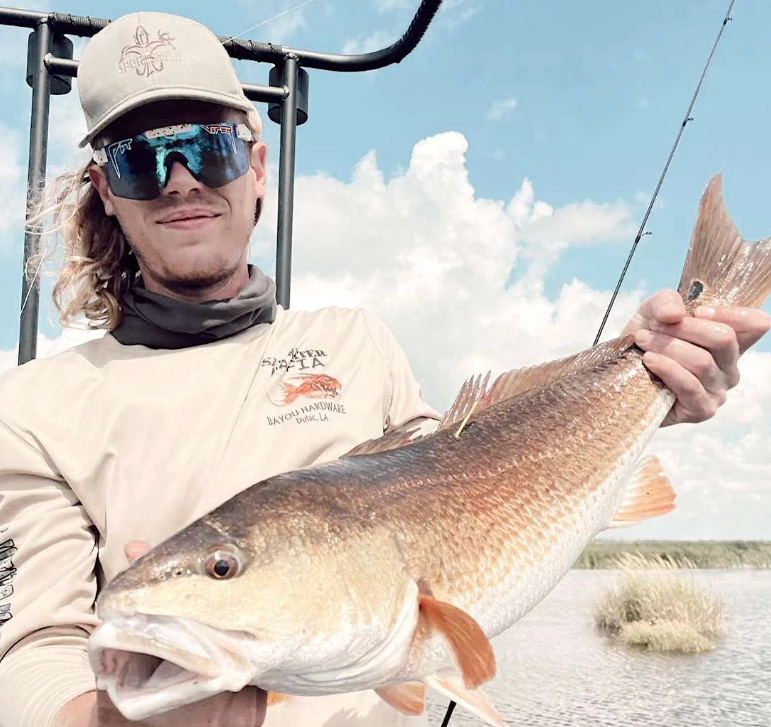
Sight Fishing Louisiana

How to find the right Texas Guided Fishing Charters
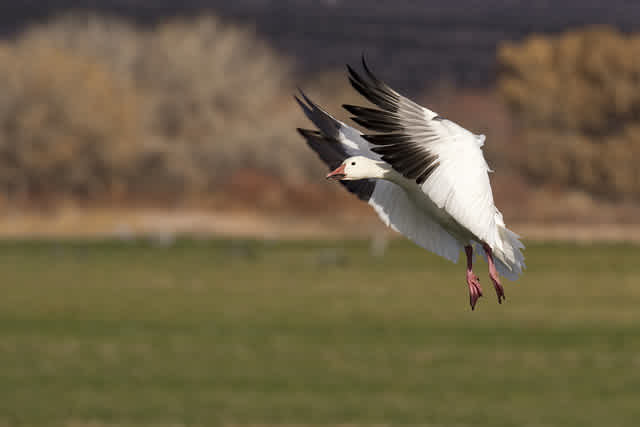
Steak House Snow Goose Recipe
